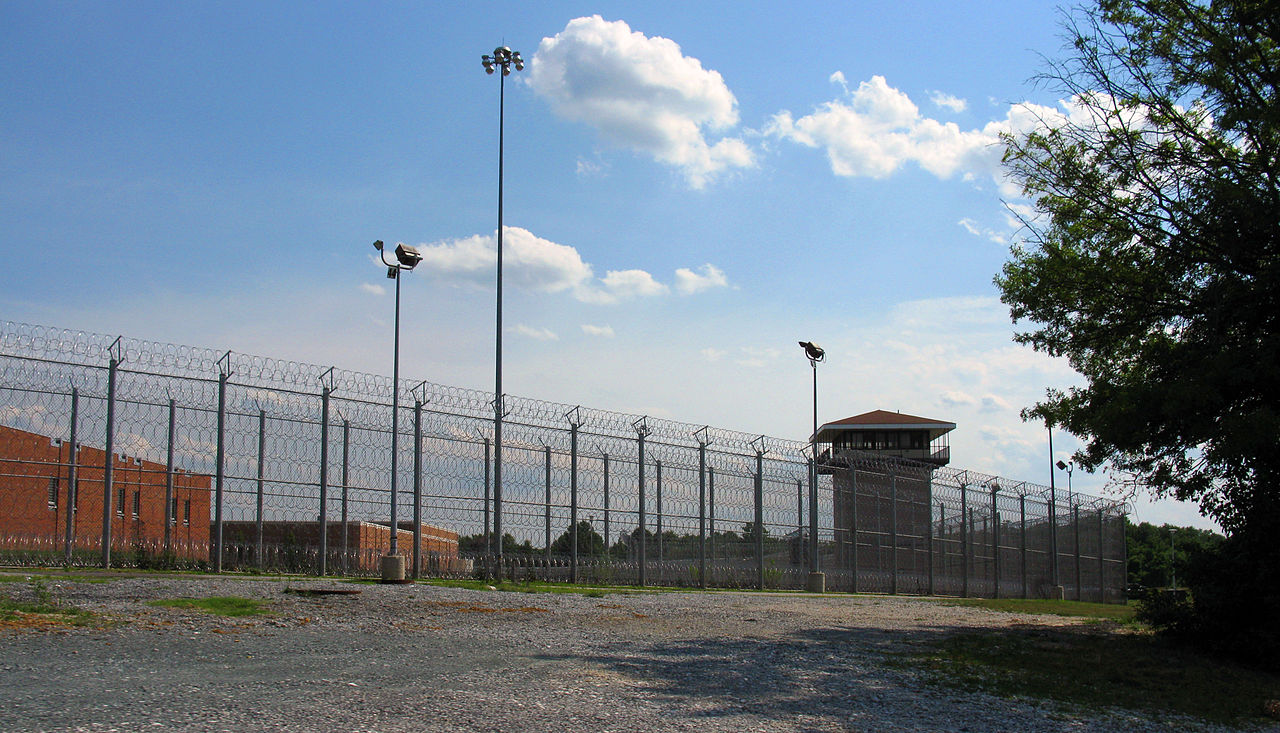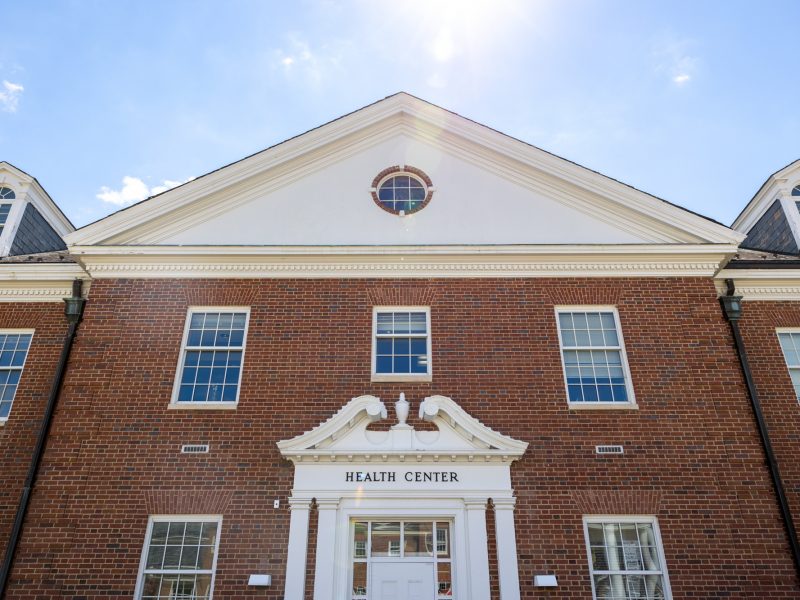Views expressed in opinion columns are the author’s own.
The traditional American understanding of a prison sentence goes like this: Someone who has committed a crime is incarcerated to repay their debt to society. During their time locked up, however, they should also be rehabilitated in some way, so when they re-enter society, they’re prepared to contribute. A prison sentence — in this mainstream analysis — serves two purposes: punishment and rehabilitation.
One of the main ways prisoners might rehabilitate themselves, of course, is through education. But Maryland’s prisons severely restrict inmates’ access to books. Arguing that drugs are being smuggled into prisons through books, Maryland officials instituted a policy in April that limits purchases to only two vendors, creating what the ACLU calls a “virtual book ban.”
The reasons to despise this policy are obvious enough. Inmates are already far less educated than the general population; preventing them from reading and learning will only make their re-entry more bumpy.
Nearly every mainstream politician will nod at the goal of preventing released inmates from getting locked up again. Well, according to RAND data, giving prisoners access to education is extraordinarily effective at reducing repeat offenders. On a very basic level, the American prison experience is already so degrading and violent; banning forms of escape like literature is a profound moral failure.
Stories abound of reading transforming prisoners, perhaps the most famous case being Malcolm X. Once a petty criminal, Malcolm X made use of the prison’s library, copying down each page of the dictionary and developing his political consciousness through reading. Of his access to books, Malcolm X wrote, “I never had been so truly free in my life.” It’s quite plausible that absent Malcolm X’s access to books in prison, America would have lost one of its fiercest critics of white supremacy.
Speaking of white supremacy, more than two-thirds of Maryland’s 2014 prison population was black — in a state where the population is less than 30 percent black. Like in the rest of the United States, racial inequality pervades Maryland’s criminal justice system.
That inequality, combined with efforts to prevent prisoners from reading, conveys an important truth: The punishment and rehabilitation model of criminal justice is a fiction. Our prison system isn’t about restoring justice and it isn’t about healing broken people.
Rather, the key insight of works like Michelle Alexander’s “The New Jim Crow” is that the driving purpose of American prisons is to enforce racial and class-based hierarchies. As Alexander puts it, “Mass incarceration is a massive system of racial and social control.” This system isn’t about individual punishment as we usually conceive of it. It’s about maintaining and widening the gap between rich and poor, and between whites and racial minorities.
Maryland’s book restrictions for prisoners obviously make no sense from a rehabilitation perspective. They make some sense from an individual punishment perspective, but the policy is most coherent as a tool of racial and economic control.
As Maryland locks up thousands of low-income racial minorities, it makes it harder for those people to get good jobs, move up the economic ladder and leave better lives for their children. By levying major restrictions on reading in prison, Maryland ensures the formerly incarcerated will be at an educational disadvantage upon coming back into the economy.
The policy is cruel, to be sure. But it also serves a purpose: stifling the economic mobility of marginalized groups and cementing societal hierarchies. It’s not some misguided bug in Maryland’s criminal justice system — it’s a feature.
Max Foley-Keene, opinion editor, is a rising junior government and politics major. He can be reached at opinionumdbk@gmail.com.



